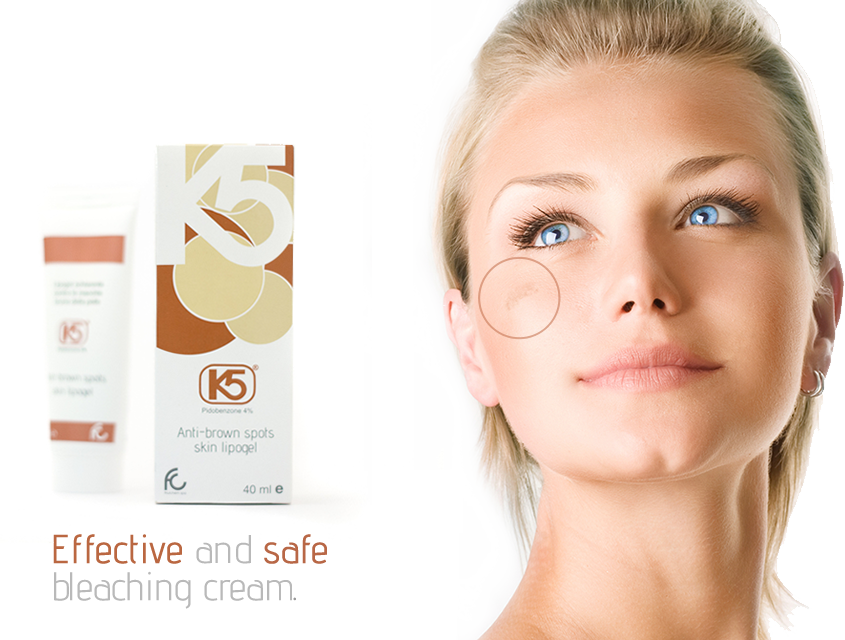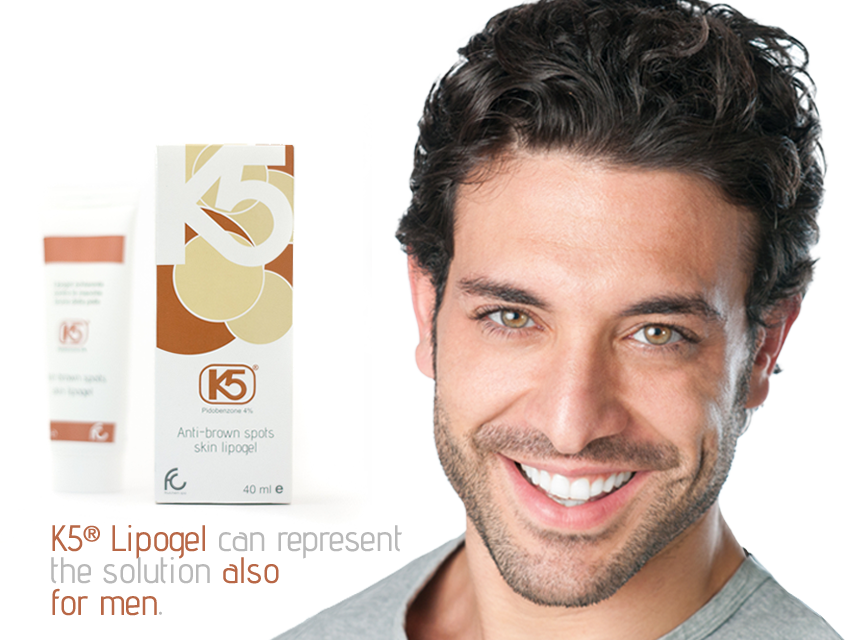Definition
Glycolic acid is a naturally occurring compound and can be extracted from sugar cane, beet and unripe grapes. It is a carboxylic acid and belongs to the alpha hydroxy group of acids. This substance is widely used in the cosmetics industry.
Use
Glycolic acid is a corrosive compound that can easily penetrate the layers of the skin. This fact is related to its molecular structure which lends itself for use as a compound for tackling dermatological problems. It is used as an exfoliating agent, but it is also widely used to treat hyperpigmentation problems by inhibiting tyrosinase. It works by promoting the removal of dead cells, weakening the ties between them and the lipids that hold them together. It also manages to reach and stimulate the dermal cells and vascularisation. All of which encourages the renewal of the epidermis, adding glow and a smoother look to the skin.
Side effects
The use of glycolic acid, however, has some known side effects. Following exfoliation, for example, it can lead to excessive dryness and even the formation of small scars. It can cause considerable irritation to sensitive skin.
Glycolic acid makes the skin vulnerable to the sun's rays because of its photo sensitising characteristics, rendering its use in summer inadvisable.
It used for hyperpigmentation problems but it has been found that it can act actually cause skin blotches, the formation of crusts, and swelling, redness and itching. Glycolic acid can therefore be used only in very low concentrations, even if such low concentrations do not really provide any significant benefits to the skin.
The many possible side effects of glycolic acid have to date limited its usefulness in the cosmetics industry, which has resorted to other, safer molecules.


